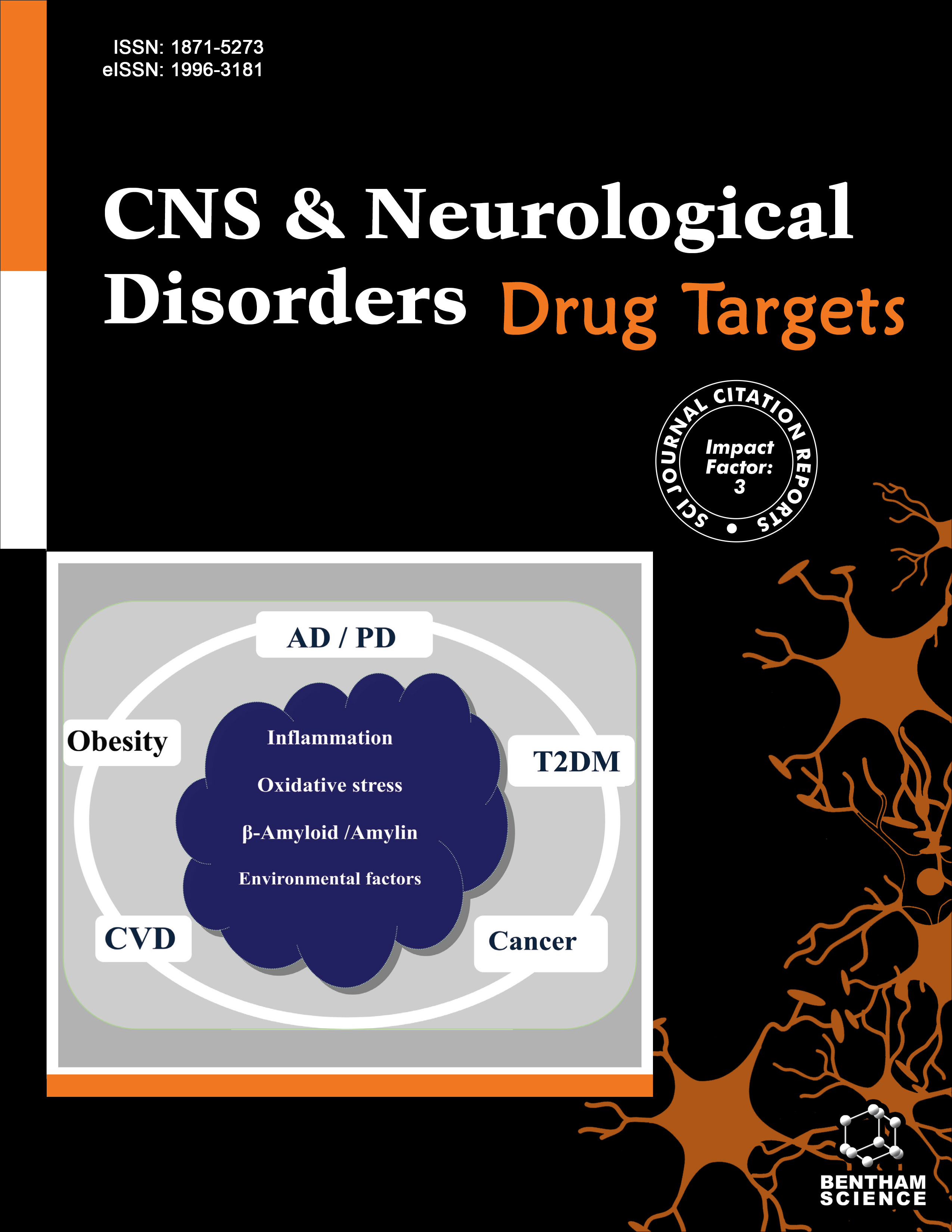
Full text loading...
We use cookies to track usage and preferences.I Understand
Parkinson's Disease (PD) is a progressive neurodegenerative disorder marked by the deterioration of dopamine-producing neurons, resulting in motor impairments like tremors and rigidity. While the precise cause remains elusive, genetic and environmental factors are implicated. Mitochondrial dysfunction, oxidative stress, and protein misfolding contribute to the disease's pathology. Current therapeutics primarily aim at symptom alleviation, employing dopamine replacement and deep brain stimulation. However, the quest for disease-modifying treatments persists. Ongoing clinical trials explore novel approaches, such as neuroprotective agents and gene therapies, reflecting the evolving PD research landscape. This review provides a comprehensive overview of PD, covering its basics, causal factors, major pathways, existing treatments, and a nuanced exploration of ongoing clinical trials. As the scientific community strives to unravel PD's complexities, this review offers insights into the multifaceted strategies pursued for a better understanding and enhanced management of this debilitating condition.

Article metrics loading...

Full text loading...
References


Data & Media loading...

